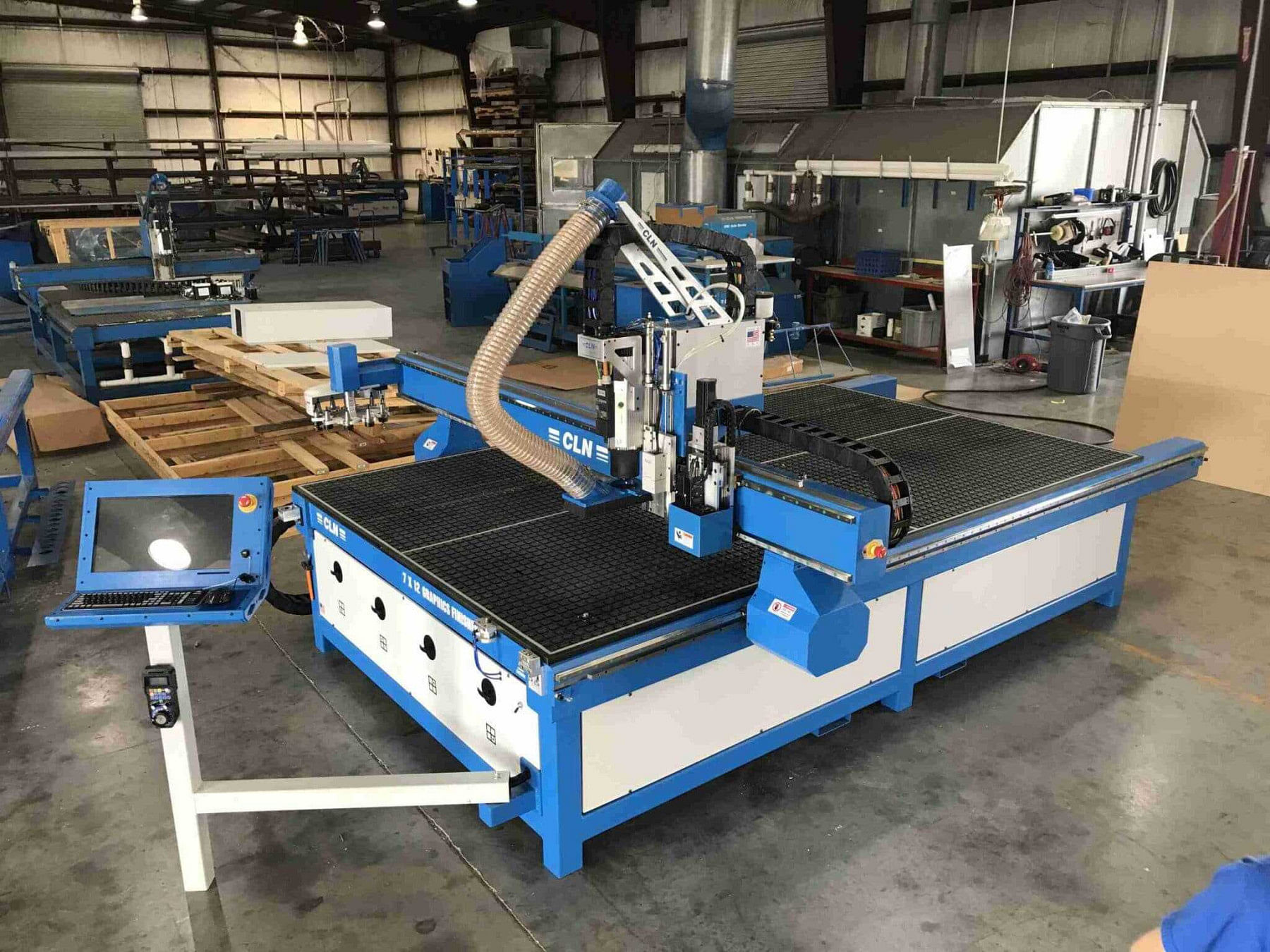
Best Practices for CNC Bending Machines Properly
Back To BlogComputer Numerical Control (CNC) bending machines have revolutionized the metal fabrication industry by providing enhanced precision, productivity, and efficiency. However, to get the most out of these machines, operators need to adhere to best practices that ensure proper use and maintenance. In this blog, we will discuss 8 best practices that can help you make sure you use CNC bending machines properly.
Best Practices To Make Sure You Use CNC Bending Machines Properly
Thorough Training and Skill Development
To get the best results from a CNC bending machine, it is essential that operators receive thorough training and continually develop their skills. Proper training ensures that the operator can use the machine effectively, safely, and efficiently. Additionally, experienced operators are better equipped to troubleshoot any issues that may arise during operation.
Regular Maintenance and Inspection
A well-maintained CNC bending machine will have fewer issues and will produce more accurate results. Regular maintenance and inspection are crucial to prevent machine breakdowns and ensure the machine operates at its full potential. This includes checking the hydraulic system, lubricating the moving parts, and inspecting the machine's overall condition. A well-maintained machine will also last longer and reduce the chances of unexpected downtime.
Proper Material Selection
Selecting the right material for your CNC bending project is essential to achieving the desired outcome. Make sure you choose a material that is compatible with the machine's capabilities and is suitable for the intended application. Using inappropriate materials can lead to poor results, increased wear, and tear on the machine, or even damage to the equipment.
Correct Tooling Selection
Using the right tools for the job is critical in ensuring the proper functioning and longevity of your CNC bending machine. Different jobs require different tools, and using the incorrect tool can lead to a suboptimal outcome or even damage the machine. Make sure you understand the specifications of the machine and use the recommended tooling to avoid any issues.
Accurate Programming
CNC bending machines rely on accurate programming to produce precise bends. Before starting any job, double-check the programming to ensure it is error-free and corresponds to the intended outcome. Mistakes in programming can lead to wasted materials, increased production time, and potential damage to the machine.
Optimal Workholding
Securing the workpiece properly is crucial to ensure accurate and efficient bending. Inadequate workholding can lead to poor results, as the workpiece may move during the bending process. Use the appropriate work holding devices, such as clamps or fixtures, to keep the workpiece securely in place during the operation.
Monitor the Bending Process
Keep a close eye on the bending process to ensure that it is proceeding smoothly and accurately. This enables operators to quickly identify any issues that may arise and make adjustments as necessary. Monitoring the process also helps to prevent damage to the machine or the workpiece, saving time and resources.
Quality Control
Implementing a robust quality control process is essential to ensure that the final product meets the desired specifications. Regularly inspect the workpieces produced by the CNC bending machine to make sure they conform to the required dimensions and tolerances. By maintaining a high standard of quality control, you can identify any issues early and take corrective action, ensuring consistent and reliable results.
By following these 8 best practices, you can ensure that you use your CNC bending machines properly and achieve the best possible results. A well-trained operator, proper material and tool selection, regular maintenance, accurate programming, and robust quality control processes are all essential elements in getting the most out of your CNC bending machines. By focusing on these aspects, you can enhance productivity, reduce downtime, and ensure the longevity of your equipment.
Let's Talk
What Can We Do To Help You Get To The Next Level
Get in Touch:
-
Corporate: 866-264-6694
-
Sales: 561-996-5900
-
Address: 2336 Cypress Ln
Belle Glade, FL 33430